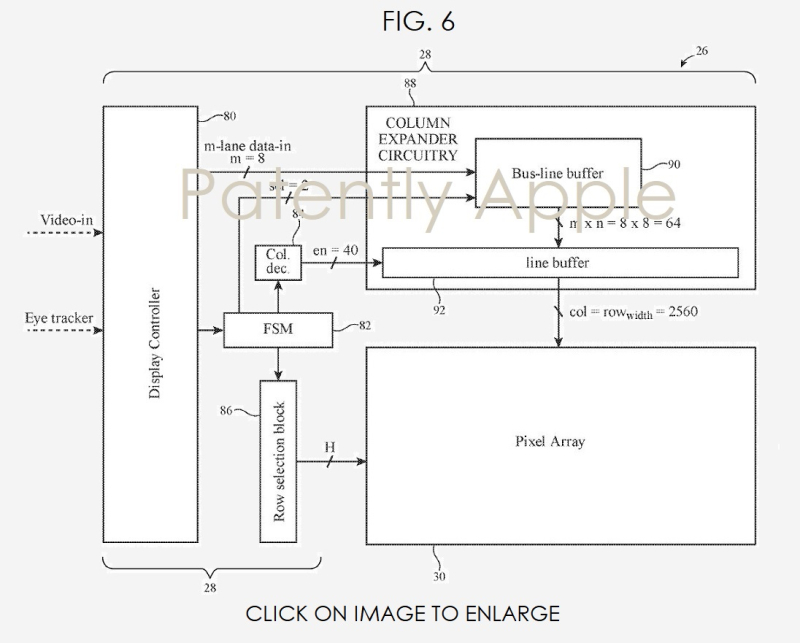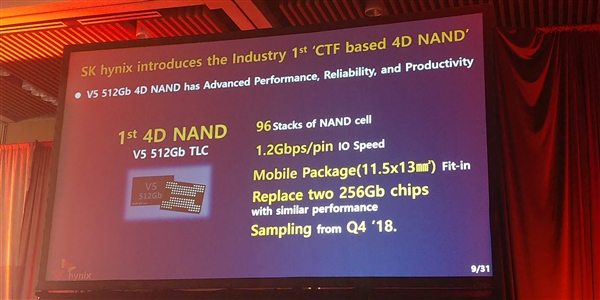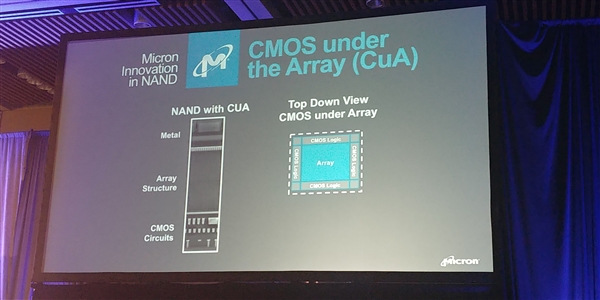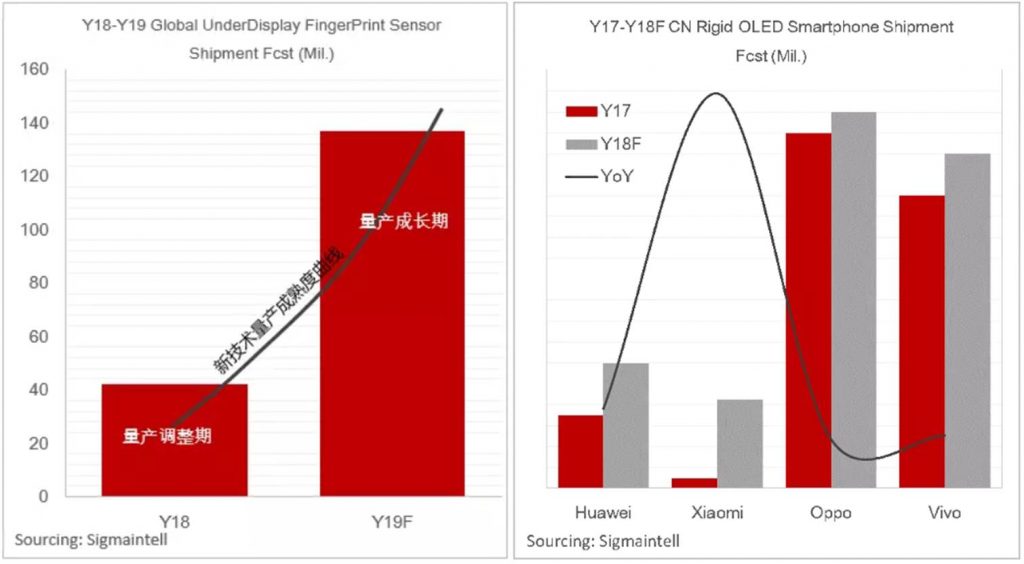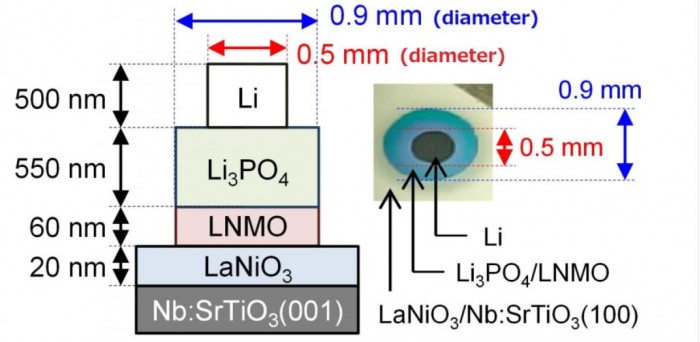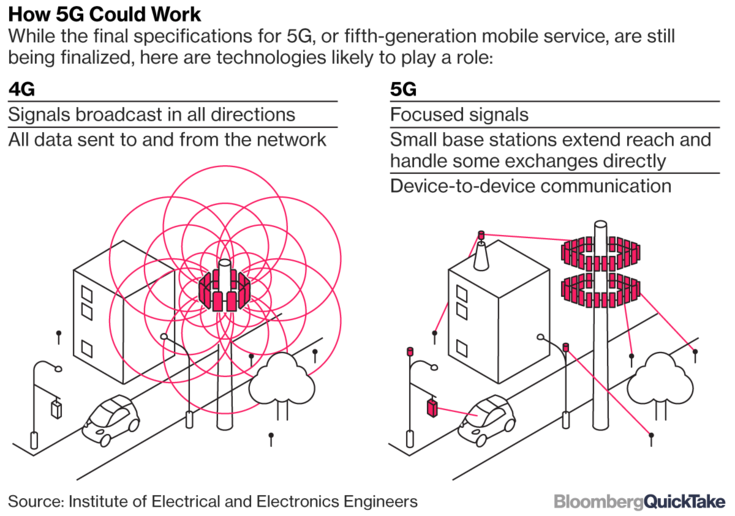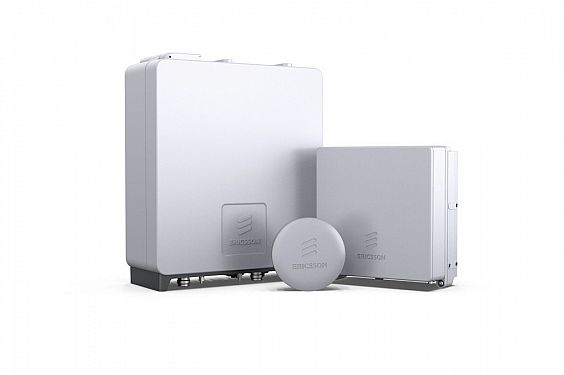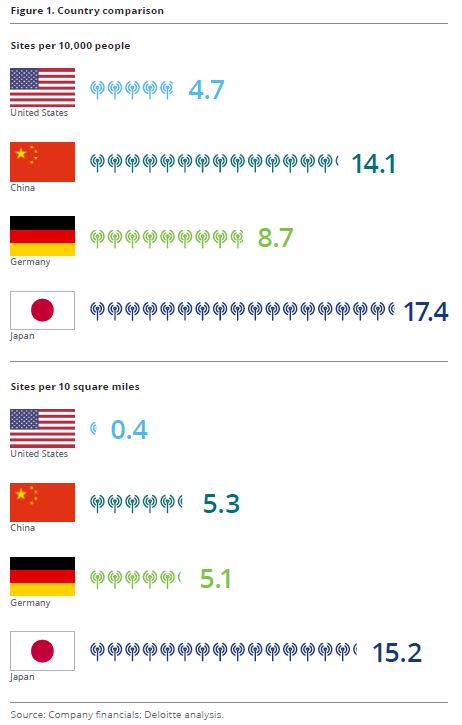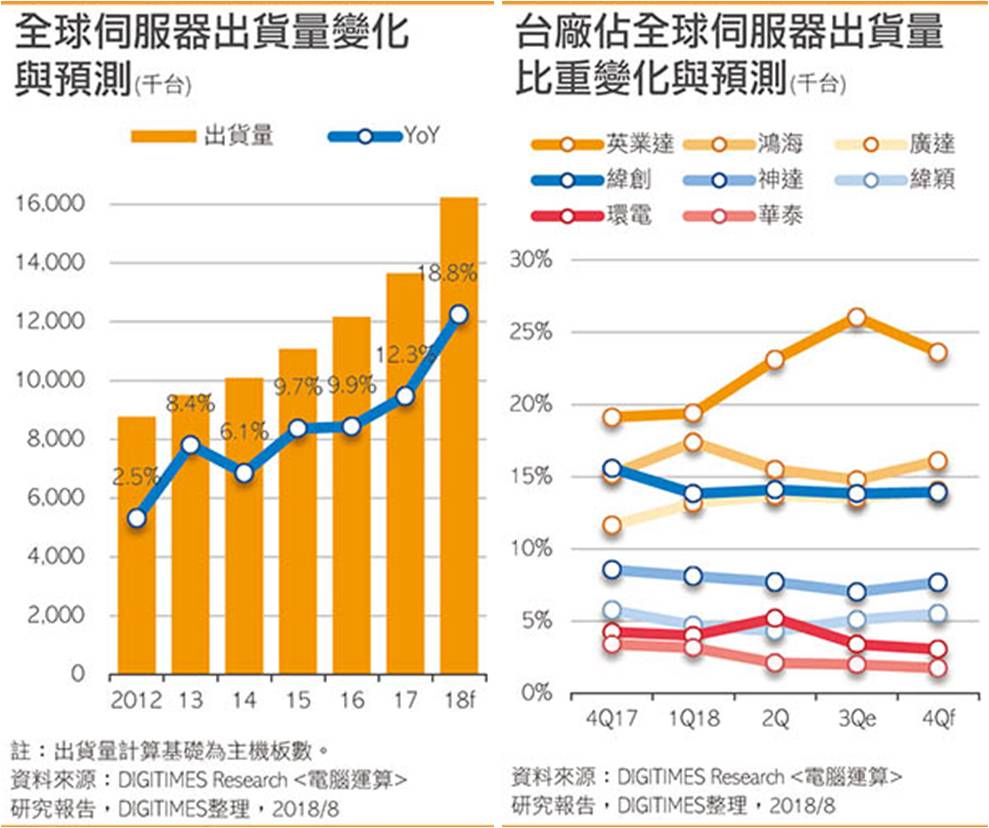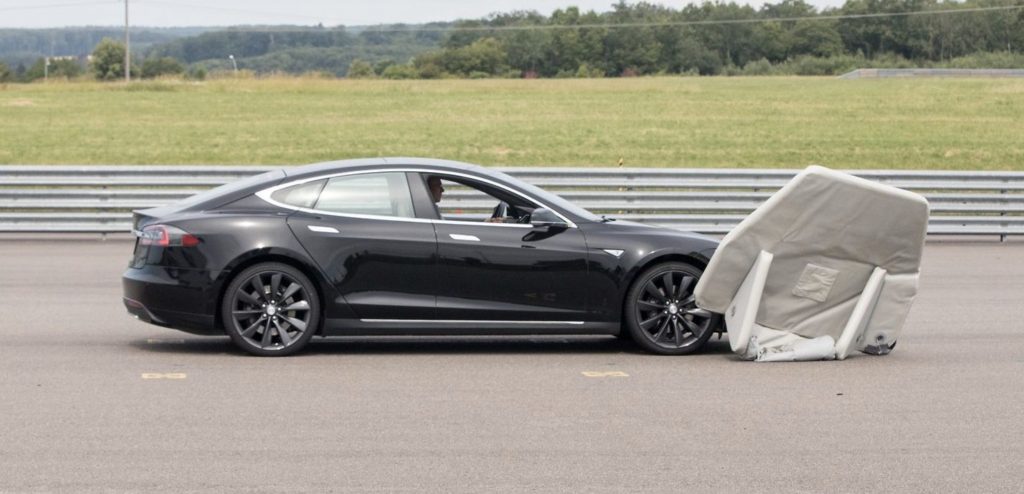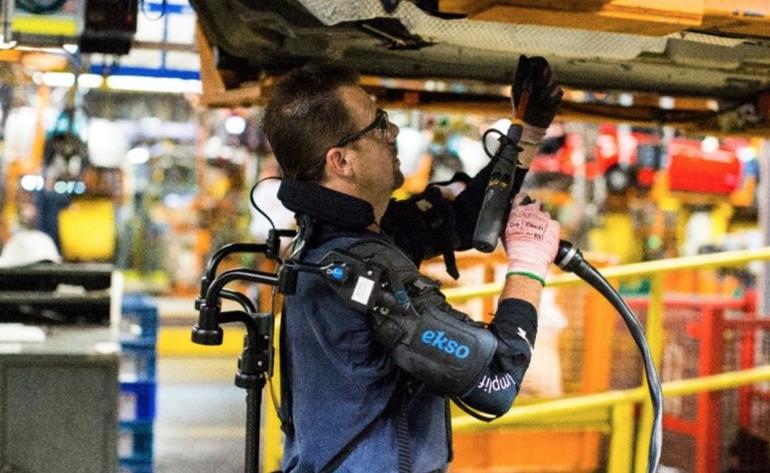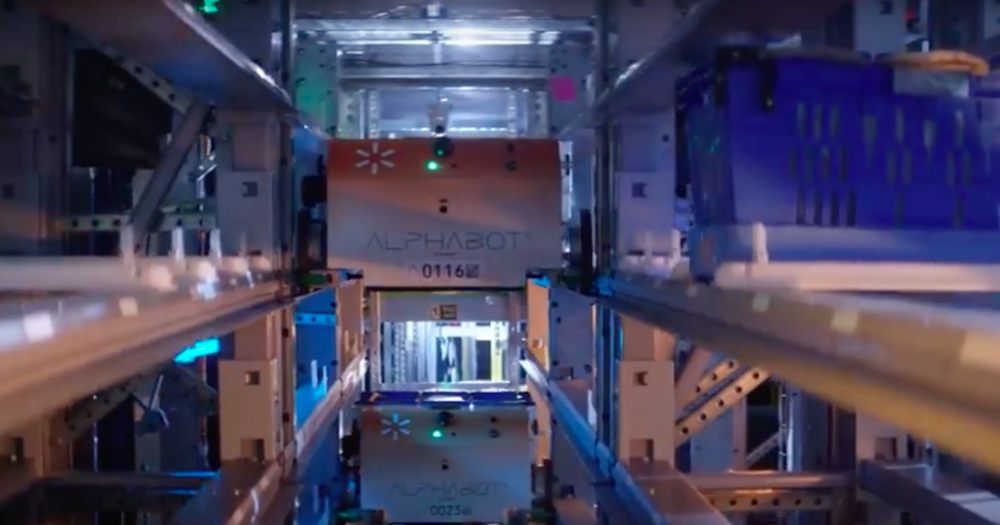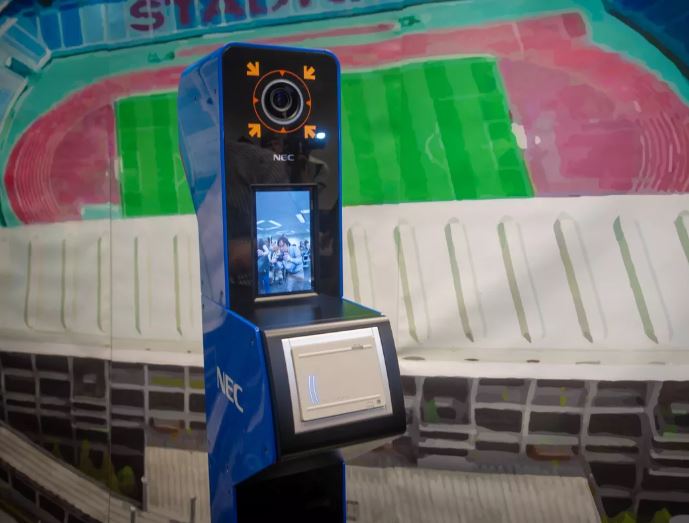
08-08: Holitech Technology would invest about USD200M in 3 years in India; Huawei reportedly will monopolize Qualcomm’s 2nd-gen ultrasonic fingerprint technology for several months; etc.
Touch Display
Apple’s first patent filing for a Foveated Display has described using “micro-displays” and a gaze control system. Displays may be incorporated into devices such as head-mounted devices and/or AR glasses and the like. It may be desirable to provide users with immersive content using the display. For example, it may be desirable for a user’s entire field-of-view to be filled with content on a display. (TechNews, Patently Apple)
Camera
Xiaomi has announced that its component supplier Holitech Technology would invest about USD200M in 3 years in India which is the world’s second-biggest smartphone market. Holitech will manufacture components including camera modules, thin film transistor and fingerprint sensor at Tirupati in the southern state of Andhra Pradesh. (Laoyaoba, Sina, Reuters CN, Reuters, Economic Times)
Storage
SK Hynix has announced industry first V5 (96L 512Gb/1Tb TLC) CTF based 4D NAND, and sampling from 4Q18 / 1H19. SK Hynix’s V5 4D NAND provides about 30% performance and 20% productivity improvements over V4 3D NAND. CTF based 4D NAND technology will increase the bits per wafer capacity by 30% over 3D NAND. (My Drivers, AnandTech)
Yangtze Memory Technologies Co (YMTC) revealed more details about its 3D NAND architecture Xtacking. The company aims to deliver 256-Gbit chips late next year supporting data rates up to 3Gbps. The company plans to be in volume production of conventional 32-layer NAND chips by Oct 2018, and it has a second-generation Xstacking product in development. (CN Beta, EE Times)
Taiwan-based foundry house United Microelectronics Corporation (UMC) and Avalanche Technology, a developer of the next generation STT-MRAM (spin transfer torque magnetic RAM), have announced that a partnership for joint development and production of MRAM to replace embedded flash. UMC will also make this technology available to other companies through licensing with Avalanche. (TechNews, China Times, UDN, EXP Review, Digitimes, press, Design Reuse)
Micon has announced CMOS under Array (CuA), which takes the CMOS logic under the array, compressing the x and y dimensions, thus getting more space to add more memory. CuA is being used for Micron’s 4th generation of 3D NAND, which is claimed to increase the speed of 30% and to decrease power consumption by 40%. (CN Beta, AnandTech, The Register)
Biometrics
Huawei is allegedly planning to use Qualcomm’s 2nd-generation ultrasonic fingerprint technology for the Mate 20 Pro. The Qualcomm’s 2nd-generation ultrasonic sensors work accurately with a glass up to 800µm, while the traditional version can only be accurate to 300µm. Huawei reportedly will monopolize this new technology for several months. (My Drivers, Sohu, IT Home, GizChina)
According to Sigmaintell, global under-display fingerprint chipset shipment is expected to reach 42M units in 2018, thanks to Samsung’s new devices. In particular, ultrasonic fingerprint scanner is going to exceed expectation. Driven by vivo, more new high-end models in 2H18 will be equipped with under-display fingerprint scanner. In 2019, more mid-t0-high end models will make under-display fingerprint scanner as standard, and driving shipment to exceed 100M units. (Sigmaintell, press)
NEC has announced that it will provide a large-scale facial recognition system for the 2020 Summer Olympic and Paralympic Games in Tokyo. The system will be used to identify over 300,000 people at the games, including athletes, volunteers, media, and other staff. (The Verge, Fortune, The Register, CN Beta)
Battery
Tohoku University and Tokyo Tech have developed solid-state batteries with low resistance at the electrode and solid electrolyte interface. They showed great electrochemical properties that surpass those of traditional Li-ion batteries. The team then achieved a very low electrolyte / electrode interface resistance of 7.6 Ω cm2. (CN Beta, Electrive, Green Car Congress)
Connectivity
Indian telecoms secretary Aruna Sundararajan indicates that the 5G roll-out will be complete by 2022, around 2~3 years after South Korea, Japan and China launch their networks. Sanford C. Bernstein’s Hanalyst Christopher Lane expects South Korea to launch these services by March 2019, Japan in late 2019 and China, along with most western major cities, in 2020. He thinks India needs China to launch to drive economies of scale and lower cost 5G handsets, thus 2022 or later is appropriate for India. (Live Mint, Mobile World Live, Bloomberg, CN Beta)
Etisalat and Ericsson said they have successfully conducted a live on-air trial of Ericsson Radio System and Massive MIMO technology in the UAE, paving the way towards 5G deployment. Massive MIMO, one of Ericsson’s key New Radio (NR) technologies, has enabled the launch of Antenna Integrated Radio (AIR) 6468 on the Etisalat UAE network. (ITP, Laoyaoba, Ericsson, Telecom Paper)
According to Deloitte, China has in recent years outspent the U.S. by USD24B in the area of 5G. China has built 350,000 new cell sites, while the U.S. has built fewer than 30,000 since 2015. (CN Beta, CNBC, Reuters, Fortune, PR Newswire, Deloitte, report)
PCs / Tablets
Major Taiwan-based ODMs including Quanta Computer and Wiwynn (belongs to Wistron) are assessing the feasibility of moving back part of their production lines from China to mitigate the impact of the raging US-China trade war, according to Digitimes citing sources in the server industry supply chain. (Digitimes, press, Digitimes)
Automotive
A new driverless-trucks startup called Kodiak Robotics has announced that it has raised USD40M in Series A financing led by Battery Ventures. CRV, Lightspeed Venture Partners and Tusk Ventures also participated in the round. (TechCrunch, CNBC, Forbes, Sina)
Software mobility startup Renovo and Here Technologies, a location and navigation company, are joining forces to bring high-definition map analytics to self-driving cars. The companies have announced a collaboration on the development of a new “technology interface” that will “maximize the utility” of sensor data generated by fleets of autonomous vehicles. (VentureBeat, Automotive World)
Samsung Electronics has recently created a new team to study autonomous driving at its research lab Samsung Advanced Institute of Technology. Along with the firm’s automotive parts business unit, the team is expected to play a key role in leading Samsung’s renewed push for connected cars. The research lab usually studies early-stage technologies before their mass-market adoption. (CN Beta, The Investor)
Tesla has long claimed that the use of its Autopilot and its active safety features resulted in fewer crashes and ultimately, should reduce insurance rates. Now Tesla gets some backing from the Insurance Institute for Highway Safety (IIHS) saying that Tesla Autopilot’s crash avoidance features result in ‘fewer physical damage, injury liability claims’. (CN Beta, Electrek, Elecktrek)
China is home to hundreds of startups betting on the electric car revolution, but only 1% will be able to survive in an industry that requires significant investment in technology, according to NIO Capital. NIO is seeking to raise CNY10B (USD1.5B) for an onshore fund and favors investing in joint projects between auto startups and traditional carmakers because they combine innovation with real manufacturing capabilities. (CN Beta, Bloomberg, Digital Journal)
Robotics
In 2017, Ford began trials at select factories that revolved around the use of the EskoVest, an exoskeleton designed by Ekso Bionics. Ford has piloted the EksoVest in 2 US plants successfully and now plans to launch the exoskeleton in facilities worldwide. (Engadget, Engadget CN, ZDNet)
In collaboration with startup Alert Innovation, Walmart is set to launch a pilot using first-of-its-kind automation, dubbed Alphabot, to help associates fill online grocery orders faster than ever before. Alphabot will work behind the scenes to make the process even easier by automatically bringing items from storage to associates who will consolidate the items in the order. (TechNews, Walmart)
Artificial Intelligence
Shanghai-based artificial intelligence (AI) neural network solutions provider Enflame Technology has announced complete Pre-A series funding of CNY340M, led by Tencent. The funding is going to be used to build a cloud deep learning training platform. (CN Beta, Sina, Leiphone)
Samsung Electronics plans to spend USD22B over the next 3 years on artificial intelligence, auto components and other future businesses as the company maps out its strategy under the restored leadership of Vice Chairman Lee Jae-yong after he was freed from prison. (CN Beta, Washington Post, WSJ, Financial Times)
Fintech
Bitmain has shown off plans for its brand new blockchain data center to be built in Texas – it is worth USD500M and it is already under construction. The announcement claims that initial operations should begin by early 2019. Bitmain expects it to be at full steam in “about” 2 years. (CN Beta, TNW, Business Wire)
Juniper Research indicates that by deploying blockchain technology financial institutions stand to generate savings amounting to over USD27B on cross-border settlement transactions before the end of 2030. On the basis of on-chain transactions, the costs will be reduced by over 11%. With regards to compliance, for instance, the automation of money-laundering checks by deploying blockchain will lead to cost reductions of up to 50% within a couple of years. (CN Beta, Juniper Research, CCN)
